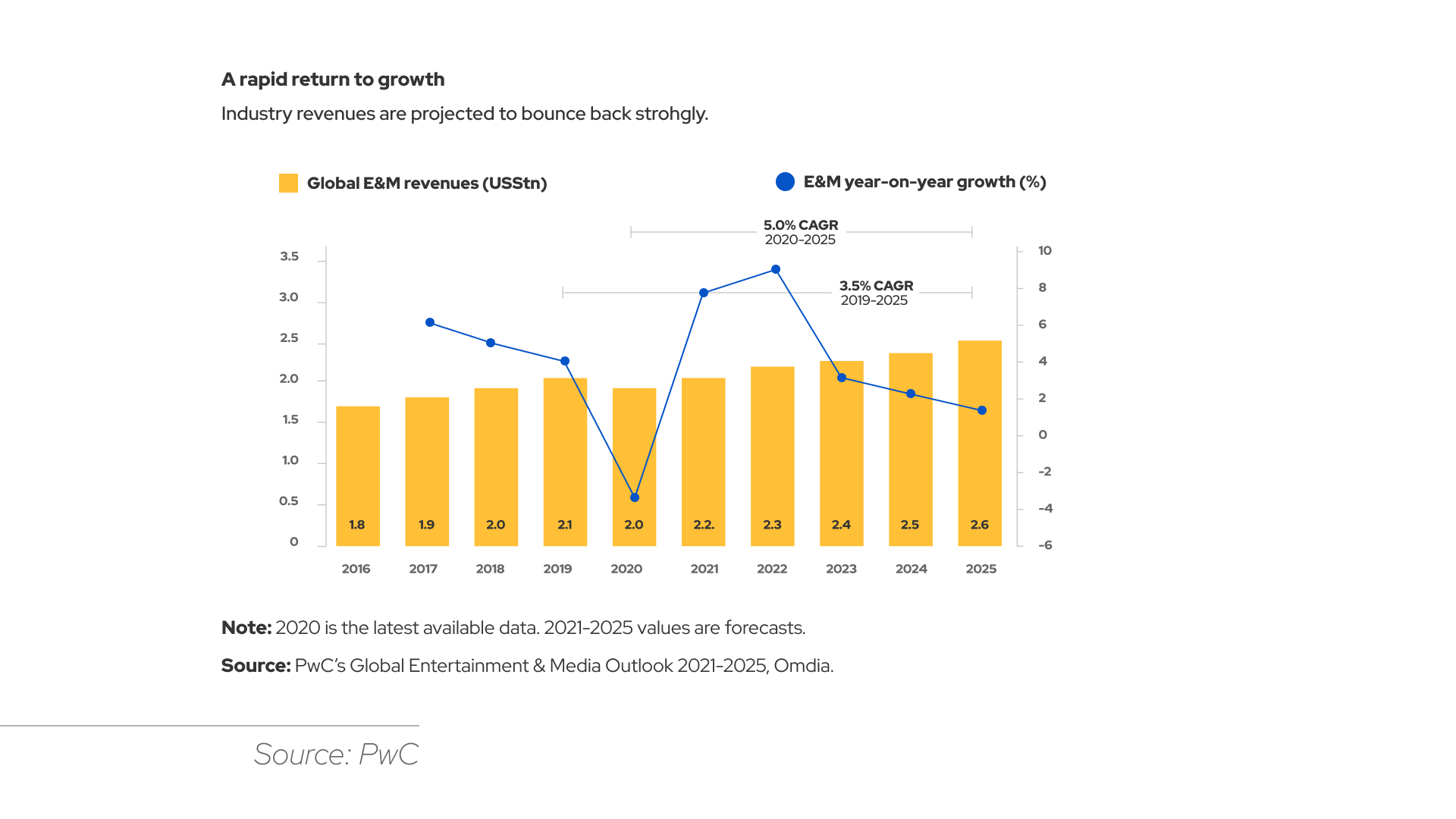Blitz News Digest
Stay updated with the latest trends and insights.
Streaming Wars: Where Drama Meets Daydreams
Dive into the thrilling battle of streaming giants where drama and daydreams collide—uncover the shows you can't afford to miss!
The Evolution of Streaming: From Cable to Content Overload
Over the past two decades, the way we consume media has undergone a dramatic transformation, marking a significant shift from traditional cable television to a multitude of streaming options. The rise of platforms like Netflix, Hulu, and Amazon Prime Video has not only changed our viewing habits but has also disrupted the entire broadcasting industry. With the ability to watch shows and movies on-demand, viewers have more control over their entertainment preferences than ever before. This evolution has led to greater competition and innovation, forcing legacy media companies to adapt or risk obsolescence.
However, as content availability has expanded, so too has the phenomenon of content overload. Today, audiences find themselves overwhelmed by endless choices, with many subscribers juggling multiple streaming services to access their favorite shows. This has sparked a new set of challenges for consumers, who must navigate through a saturated market filled with original programming and exclusive releases. The irony of having so many options is that it can lead to decision fatigue, as viewers often struggle to pinpoint exactly what to watch among the vast array of content.

Binge-Watching vs. Weekly Releases: What’s the Best Way to Consume Drama?
The debate between binge-watching and weekly releases has become increasingly relevant in today’s streaming landscape. On one hand, binge-watching allows viewers to immerse themselves in a complete season, enjoying the thrill of plot twists and character development in one sitting. This method can lead to a deeper emotional connection with the story, as viewers are less likely to forget intricate details that unfold over consecutive episodes. Additionally, the convenience of streaming services enables fans to indulge in their favorite dramas without the wait, making it an appealing option for those with busy schedules.
Conversely, weekly releases foster a more communal viewing experience. This approach generates anticipation and discussion among fans, often leading to fan theories and lively debates about each episode's implications. The slower pace allows viewers to digest the story and appreciate the intricacies of character arcs more profoundly. Furthermore, waiting each week can heighten the suspense and emotional investment, making dramatic moments even more impactful. Ultimately, the best method to consume drama may depend on individual preference, whether one seeks instant gratification or the thrill of shared anticipation.
How Streaming Platforms Are Redefining the Future of Television Drama
The rise of streaming platforms has significantly transformed the landscape of television drama, making it more accessible and diverse than ever before. Viewers now enjoy a plethora of options, with services like Netflix, Hulu, and Amazon Prime Video offering original content that rivals traditional television networks. This shift has changed how stories are told, enabling creators to explore complex narratives and character development that were often sidelined in traditional formats. As a result, we are witnessing the birth of groundbreaking series that captivate audiences with their unique perspectives and innovative storytelling techniques.
Moreover, streaming platforms have redefined what successful television drama looks like. With binge-watching becoming the norm, series are designed to sustain viewer engagement over prolonged periods, breaking the mold of weekly episodic releases. This new model allows for immersive storytelling that keeps audiences invested, creating communities around favorite shows. The freedom that streaming services offer means that niche genres can flourish, democratizing content and paving the way for a more inclusive representation of voices in the television drama space.